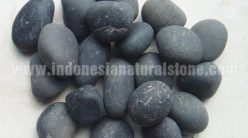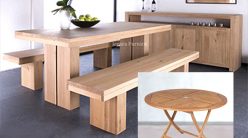Product design and development is one of the determinants of the product success. With product design and development, thoughts will be created in updating existing products.
Every region in Indonesia has different local cultural objects. Where each development will be extraordinary wealth and give a new color. Local cultural objects that can be used as entrepreneurs or business products can be in two dimensions or three dimensions. Some examples of handicrafts taken from local culture are miniature building objects, accessories, or handicraft products with various functions.
Craft design process
The steps of the craft design process to be used as a product, are:
Product idea search
To be able to come up with ideas, usually someone will find out local cultural objects around them to be used as inspiration. After selecting and sorting local handicraft objects around, then start thinking about the following things:
- Handicraft products that relevant to local culture
- The material to be used and the source
- The color or motif that is carried
- Product manufacturing process
- Tools used
- Determine the market share, how the potential of the local culture
Make a sketch
Product ideas that have been planned, then poured in a sketch or image. The sketch that can be made can be more than one or two, it can be a variety of products, one product with the same function, a different shape, and so on.
- Choose an idea
From the ideas and sketches that have been made, start choosing and considering which ideas should be executed to be made. The idea chosen must be rational, the best, fun, and indeed easy to make. Of course, by considering the material and human resources. - Make a model study
The sketch that has been selected to be used as a craft is then formed into three dimensions. Model studies can use actual or temporary materials. - Production planning
Production steps must be written in detail so that production can be carried out easily according to plan.
Craft production
Reporting from the official website of the Ministry of Education and Culture of the Republic of Indonesia, the production steps are generally divided into:
- Containment
The stages of the material process include providing raw materials, looking at stocks, preparing tools for the manufacturing process, preparing production techniques, and human resources. - Forming process
The formation of raw materials depends on the type of material and the shape of the product to be made. The cutting of the material must be of the same age as the agreed form. - Assembly
After the materials have been cut or chiseled, they enter the assembly process. Here, handicraft products have begun to form the results. - Finishing
Finishing is done as the last step, before packaging. Can be in refining or providing a layer on the surface of the product. In carrying out the production process, it is better to pay attention to occupational health and safety (K3). So that human resources who carry out the production process can still work properly. - Evaluation
Evaluation is the last step of each production. To see if the production is functioning properly, according to the planned idea, and to determine what should be done to improve the quality of the handicraft product.
–sh





